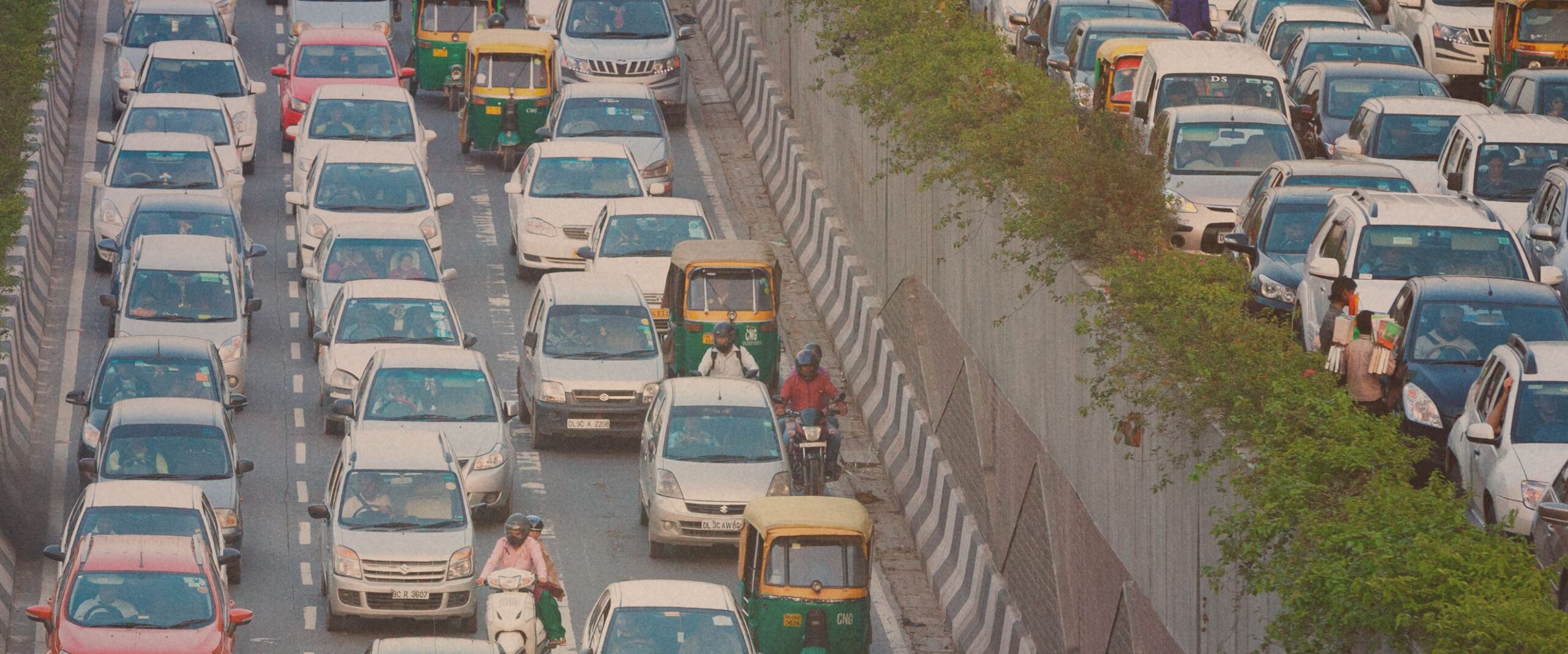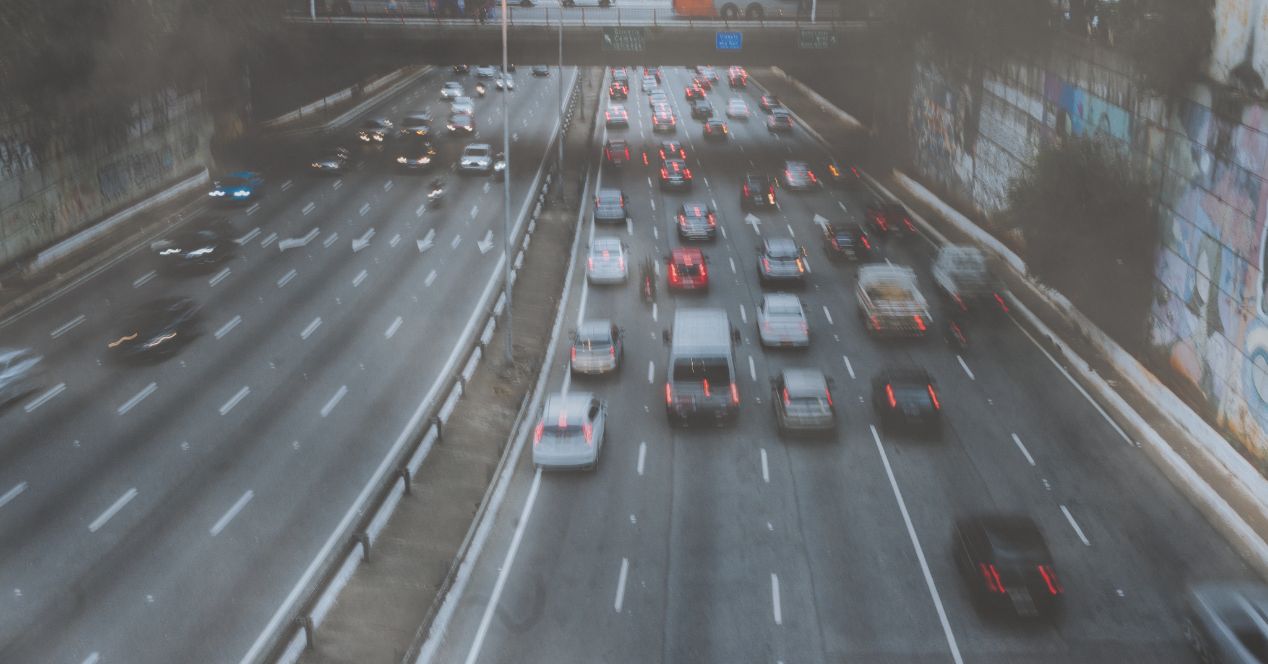Analysis
Delhi Pollution Crisis | Supreme Court seeks clarity on compliance with colour-coded stickers
As GRAP IV gets reimposed in Delhi, the top court steps up its efforts to tackle vehicular emissions

On 15 January 2025, a bench of Justices A.S. Oka and Ujjal Bhuyan continued monitoring Delhi’s pollution level. Adopting a holistic approach, the top court has been contemplating long-term solutions to combat the problem.
Earlier this month, on 3 January, a bench of Justices Oka and A.G. Masih had noted inconsistencies in provisions for colour-coded stickers put on vehicles. The bench had pointed out that different provisions were operating in the same field to deal with colour-coded stickers. In yesterday’s hearing, the Court took account of the status of compliance with colour coding and the existing statutory framework for its implementation across India.
Colour-coded stickers, also known as third registration marks, help identify the type of fuel utilised by the vehicle. They are self-destructive, chromium-based hologram stickers and are attached to vehicle windshields. Orange stickers indicate diesel vehicles, light blue stickers indicate petrol and Compressed Natural Gas, and green stickers indicate Bharat Standard VI emission norms. Colour coding helps effectively implement policies such as the Graded Response Action Plan by allowing easier segregation of vehicles based on their fuel type.
Clarity on provisions emerges
The Additional Solicitor General Aishwarya Bhati pointed out that provisions for vehicles to get third registration marks became mandatory from 1 April 2019. The same was traced to Rule 50 (1) (iv) of the Central Motor Vehicle Rules, 1989 and clause 6 (ix) under the Order passed by the Ministry of Road Transport and Highways in December 2018 mandating colour coding of vehicles from 1 April 2019.
In an Order passed in 2018, the top court had mandated the use of hologram-based stickers in the Delhi-NCR. In accordance with this, in December of the same year, the Ministry of Road Transport and Highways issued an Order laying down specifications, mandating the use of colour-coded stickers across India.
On the question of the validity of the 2018 Order, Bhati informed the bench that the order was issued under Section 109 (3) of the Motor Vehicles Act, 1988. This section allows the Central Government to publish orders in the official gazette to mandate manufacturers to ensure that their products meet specified standards if deemed necessary for public interest. Colour-coding, Bhati clarified, was not mandatory before 2018 due to the insufficient infrastructure to implement the hologram sticker requirement for existing vehicles at that time.
She also informed the bench that the rules mandating the use of colour-coded stickers applied uniformly across the country. “So now in substitution of order passed by this court, this is the regime that will follow,” Justice Oka remarked.
No clarity on penalties for older vehicles without stickers
Even as the bench received clarity on the uniform provisions, they sought clarifications on the existing penalty for non-compliance with the rule. Senior Advocate Vipin Sanghi directed the Court’s attention to Section 192 of the Motor Vehicles Act which penalises the use of unregistered vehicles. The section imposes fines ranging from ₹2000 to ₹10,000 with possible imprisonment for repeated offences.
The Court noted that inconsistencies still prevailed in rules dealing with penalties for vehicles registered before and after 1 April 2024, the date when the order was passed.
Further, it was noted that the existing provisions did not put the onus of compliance on the owners. Sanghi brought to the Court’s notice that Section 39 of the 1988 Act puts an obligation on the owner of the vehicle to put the registration mark as prescribed. Justice Oka pointed out that while the law mandated the affixing of the colour-coded hologram stickers, the challenge lay in enforcing this for vehicles registered before 1st April 2019. He emphasised the need for clear provisions to ensure that owners of older vehicles complied with the requirement, adding, “How do we direct that the owners of vehicles registered before 1st April 2019 get this hologram affixed?”
Amicus curiae, Senior Advocate Aparajita Singh highlighted that despite the rules being applicable since 2019, the progress in providing the third registration mark for old vehicles, even in the NCR states, has been very slow.
The bench suggested linking the requirement to various vehicle-related processes such as registration renewals, insurance, and ownership transfers with compliance to the rule. In particular, the bench explored whether these steps could be made contingent upon the affixing of the third registration mark. Additionally, it was suggested that the issuance of Pollution Under Control (PUC) certificates should only be allowed for vehicles that had complied with the new registration mark requirement.
Justice Oka proposed that an order can be passed with directions to the Central Government to amend the 2018 order to enforce stricter compliance with the requirement for the third registration mark.
“That is the only way of enforcing such laws,” Justice Oka noted. He indicated that the order will include directions linking the third registration mark to the issuance of PUC certificates, vehicle registration renewals, insurance renewals, and ownership transfers. The issue of vendors providing hologram stickers will also be addressed to counter the monopoly in the supply process and ensure broader compliance. This would ensure that the requirement is consistently met across all states.
Additionally, the Court considered invoking Article 142 to strengthen enforcement and impose penalties on non-compliant manufacturers. However, this remained a suggestion for further deliberation. The Court directed the parties to file a note based on which the orders will be passed.
The matter is set to be heard next on 27 January 2025.
Ajitesh is an intern at the Supreme Court Observer for the month of January 2025.




